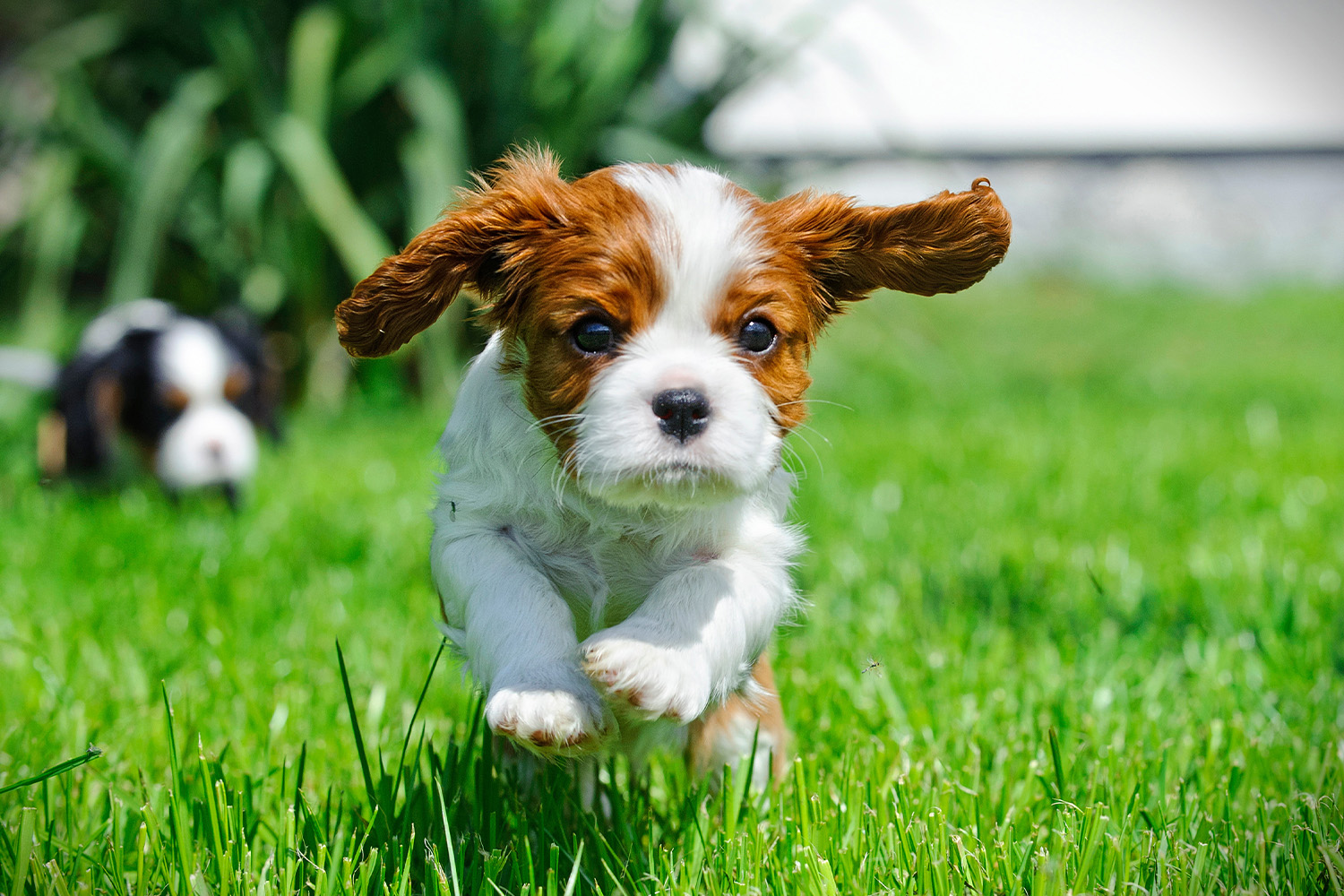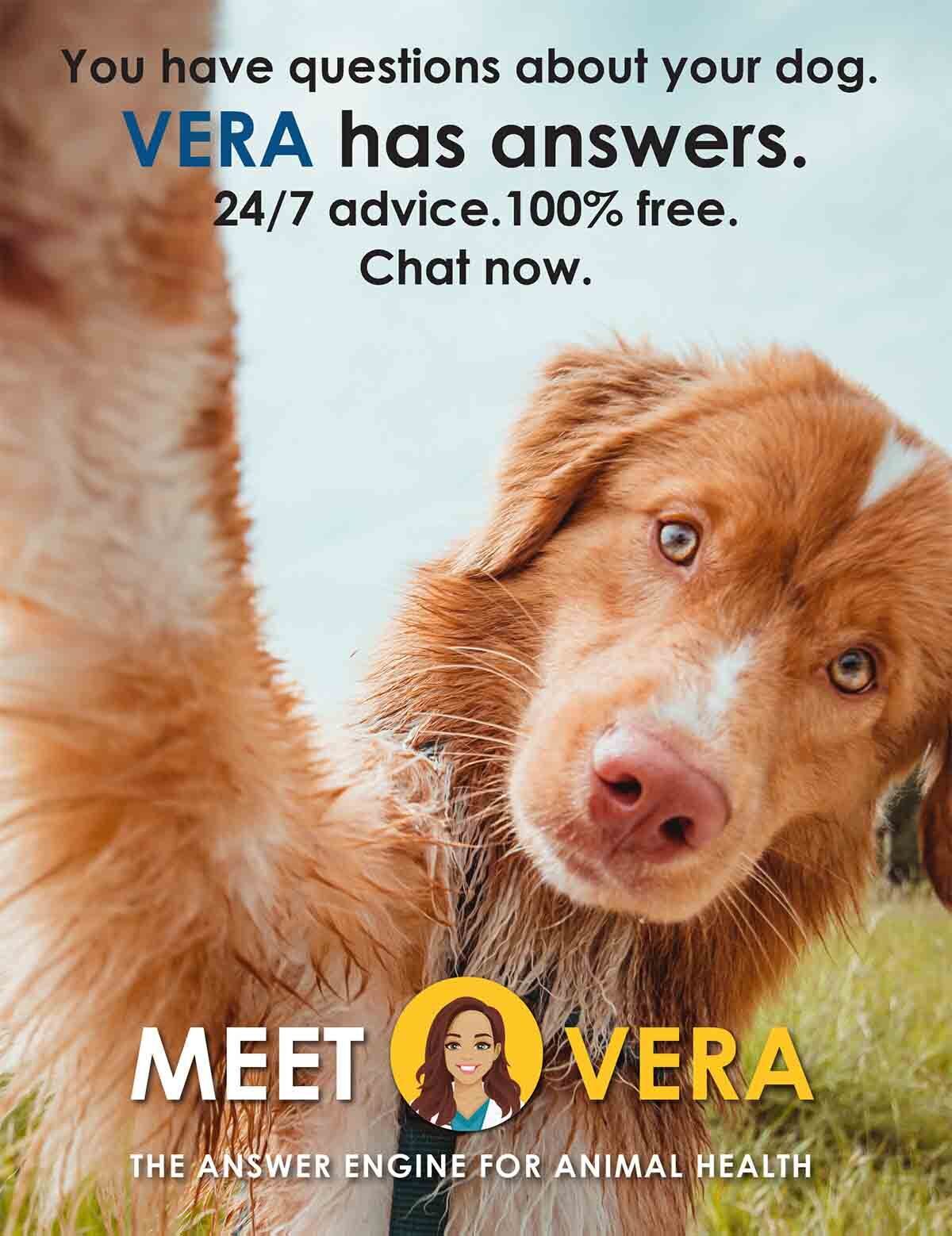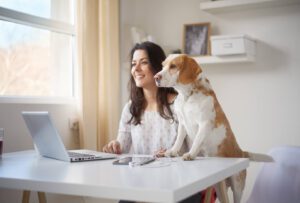Becoming a new puppy parent is no easy feat. It requires time, patience, effort, and definitely some money to do it as proficiently as possible, but the payoff is immeasurable. Who doesn’t want a furry best friend who lives and breathes for everything you do?
Having your own puppy is many people’s dream come true. There is nothing better than having a companion who wants nothing more than to spend time with you and give you great snuggles. Still, being a first-time puppy parent can be a big change.
If your family had dogs when growing up, you might have an idea of how to understand canine behavior, but committing to being the sole provider for an animal can feel like a lot of pressure.
Luckily, it’s all worth it in the end. Having some help along the way can make the experience less stressful. We’ve come up with a checklist so that you can follow along and help yourself prepare for your upcoming puppy parenthood journey.
Everything You Need To Know About Welcoming a Furry Family Member
There is so much that you have to do when adopting a dog, even more so when it’s a puppy! Many people will likely find themselves splurging on chew toys, dog treats, and adorable little sweaters (we don’t judge!) but are then unsure of what the puppy essentials are.
Before you go out and make any purchases, it’s important to first have a good understanding of what kind of dog you are looking to adopt and how much time and space they will need. Our goal in loving a pet is not to own them but to shower them with love and give them the best life possible. This means thinking deeply and researching about what kind of dog would fit your lifestyle and how much you can truly offer.
1. Start With Research
If you are someone who has never lived with a dog, don’t let this stop you from doing so. Instead, put in the time and effort to research what a puppy needs: You’ll be a pro in no time!
You’ll want to consider the financial aspects of keeping a dog — will you need to bring your dog to daycare if you work a nine-to-five? How much will dog food, grooming, pet insurance, veterinary visits, and supplies be? How about toys and bedding?
Knowing that you have the time and resources to adopt a dog should give you peace of mind. The next step is preparing for how a dog might alter your day-to-day life.
Morning and evening walks will become a must. Yes, you might find it easier to get your steps in, but for people with busy schedules scheduling an additional 30 minutes to an hour a day isn’t always a breeze.
2. Match Breed to Lifestyle
Once you have come to terms with all of the changes that might come along when you adopt a dog, it’s time to find a dog that matches your lifestyle.
If you are working with a breeder or a shelter, you can likely talk to someone about what you envision. Luckily, plenty of dogs out there are looking for a home, so you are bound to find one that is perfect for you.
You may be matched with a few different dogs and then are able to meet them before you make any commitments. That way, you will be 100% positive about bringing home your new pup.
Not all dogs are going to be a match, and you may have to reconsider certain breeds if they simply need more than you can offer or if they don’t match the lifestyle you intend to live.
3. Gather the Essential Puppy Supplies
The first two steps have no timelines to follow, and you should move at your own pace. Getting a dog will happen when the time is right.
When you do move forward with the adoption process, it’s always best to come prepared:
Toys
You can never go wrong with having a house full of puppy toys to help welcome your new puppy into your home. Choose a variety of high-quality, safe options for your pup to play with. Like with food, puppies have different needs than adult dogs.
Puppy teeth are sensitive and call for a softer plastic. Plush toys are a great choice but don’t leave anything with pieces that may be swallowed in a playpen or dog crate when they aren’t supervised.
Grooming Essentials
Like baby shampoo for humans, puppy shampoo and conditioner are gentler than the adult variety. Dog shampoo is a must for both puppies and adults — human shampoo is too harsh on their skin.
Don’t forget a toothbrush and toothpaste formulated for dogs. Starting the dental hygiene routine young (with plenty of positive reinforcement) will make this practice smoother. Add in nail clippers and a brush, and you’ve got a head start on all things canine beauty and wellness.
Potty Necessities
If your puppy is small enough that accidents might occur, consider potty pads (and maybe even little diapers) and animal-friendly wet wipes. Don’t forget poop bags to use at home and take on your walks!
Puppy Food
If you’re adopting your dog from a shelter, they might come with some puppy food to wean them off of whatever you choose to buy. The animal experts in your life might also recommend a certain food to give to your puppy, so don’t be afraid to ask for their recommendations.
In terms of dog bowls, some dogs will do better with stainless steel, while others might prefer glass or BPA-free plastic. Food bowls can be put away outside of meal times, but water bowls should constantly be refreshed and kept in multiple locations if possible.
Training Essentials
You will want to have training treats on hand to start rewarding them for good behavior immediately.
Some other items include:
- A clicker
- A treat pouch
- A leash
- Harness/adjustable collar
4. Puppy-Proof Your Home
On top of selecting dog toys and supplies like water bowls and puppy gates, you will want to ensure your home is puppy-proofed. Any valuable objects on the ground should be put on elevated surfaces for the first few weeks while your puppy is teething. If you have a backyard with a fence, double-check that it’s fully enclosed so there can be no escapes.
You might want to give your floors a good clean and vacuum and mentally prepare for accidents on the rugs. Stocking up on plenty of paper towels and cleaners available will make these messes feel less daunting. For rooms you’d prefer not to have a puppy in (like those with white carpet), a temporary baby gate is wise.
If you are planning on crate training, which is frequently recommended, buy a proper-sized kennel with a dog bed. You will want your puppy to have plenty of room to lie down, stand up, and turn around but not so much room they can easily use part of the crate to go potty. Set it up in a comfortable location that is somewhat tucked away. If you opt for an adult-sized kennel, add in a divider that can be moved as your puppy grows.
By this point, you will be looking around thinking a puppy lives in your house even when they haven’t yet arrived! That means it’s time for them to come home.
5. Find a Veterinarian and Schedule a New Puppy Check-Up
When you bring a new puppy home, there is going to be so much time for you to play, take them to new spots, visit family and friends, dress them up, and snuggle with them, etc. Taking them to the vet for their first check-up might not be as exciting as all of those other things, but it is one of the first items on the itinerary.
Find a veterinarian that you trust. You can do this by asking friends with dogs as well as doing your own research and finding what fits best for you and your pet. The first check-up is essential because your puppy will likely need vaccinations and to undergo a full exam to ensure they are in good health.
Don’t wait too long because you want to clear your puppy as early as possible to get them on the path towards socialization and training. A healthy pup is more likely to do better as they grow more comfortable in your home.
6. Microchip and License Your Puppy
Additionally, your vet may want to microchip your dog. The microchip allows you to enter your personal information into a database that can be accessed by you when the microchip is scanned. In the case that your dog gets loose, anyone who finds them can bring your dog to a vet or shelter where they can be scanned for a microchip. This helps get your dog back to you as quickly and easily as possible.
You will also want to register and license your dog with your town so that they can have them on file. This can include the microchip number.
The One Pet ID
Microchips are a must, but for a simpler, more streamlined process, consider the One Pet ID. The One Pet ID is a smartphone-capable tracking tool that allows pet parents to create a profile for their pets.
Unlike a microchip that needs to be read with a special scanner, anyone can scan the ID tag and connect with a lost pet’s family. Plus, the One Pet ID isn’t implanted under the skin as a microchip is. Lastly, you won’t run into the issue of needing the right scanner or registry per chip type.
7. Begin House Training
When your dog is beginning to settle into your home, you might notice they have a few accidents here and there. Your puppy might be going when they need to go and not realize that the outdoors is even an option, so you will have to teach them.
There are many potty training methods, including tools such as doorbells. Pet parents can hang bells over a door handle and teach their dogs to ring the bells when they have to go outside.
Little puppies have small bladders, so if you hear your pup slurping away, a bathroom break is a mere five to ten minutes away. Other times they may need to go would include after a fun play session, after a meal, or when they first wake up. Once you get to know your dog’s routine and they get to know yours, you will begin to build a schedule where your dog knows what time is appropriate for using the bathroom.
Don’t be discouraged if this takes you a while to master; all dogs are different and learn at their own pace.
8. Look Into Puppy Training Classes and Help Them Socialize
Enrolling your pup in puppy classes can help them build their confidence, teach them about socializing with other dogs, and show them how to mimic other dogs’ behaviors.
In these classes, you will go through the basics: sit, down, come, stay, and touch. These are core commands that you can focus your training on. They will be useful for your puppy as they age into a well-behaved dog.
Many shelters recommend attending puppy classes to help build your relationship while teaching your pup good behavior. There are likely to be other dogs in these classes, which can teach your dog patience and how to play with their canine peers.
9. Build a Bond and Share Some Love
Most importantly, you are going to want to shower your new pup with love. You want to bond with them so that they can understand that you are their provider and new best friend. The majority of people bring home a dog because they are looking to share their life with a furry companion and create beautiful memories.
Building this bond early on can help build up your dog’s confidence which will help as they learn new behaviors and encounter new situations. If they trust you, they are going to be just fine!
10. Schedule an Appointment With AskVet
Being a new pet parent comes with a lot of questions. When you sign-up with AskVet, you can contact a Certified Pet Lifestyle Coach™ (CPLC™) at any time of the day. AskVet’s virtual experts can answer questions 24/7 and help build a 360° Pet Care plan unique to your animal (including fish, dogs, cats, reptiles, and more).
You shouldn’t feel alone in this new journey, and we have plenty of resources to help you out.
When you schedule an appointment, you don’t have to worry about waiting for your vet’s office to open to ask your questions. You can get guidance on what actions to take if your pet is in need and get answers to even the strangest questions (FYI – no question is too strange).
We wish you so much luck with puppyhood, and you should enjoy it as much as possible before they begin growing up right before your eyes!
Sources:
Incentive Motivation In Pet Dogs – Preference For Constant Vs Varied Food Rewards | NCBI
Expectations Versus Reality: Long-Term Research on the Dog–Owner Relationship | NCBI
Improving Dog Training Methods: Efficacy And Efficiency Of Reward And Mixed Training Methods | NCBI
High tech: Identifying lost pets with microchips | The Humane Society of the United States






